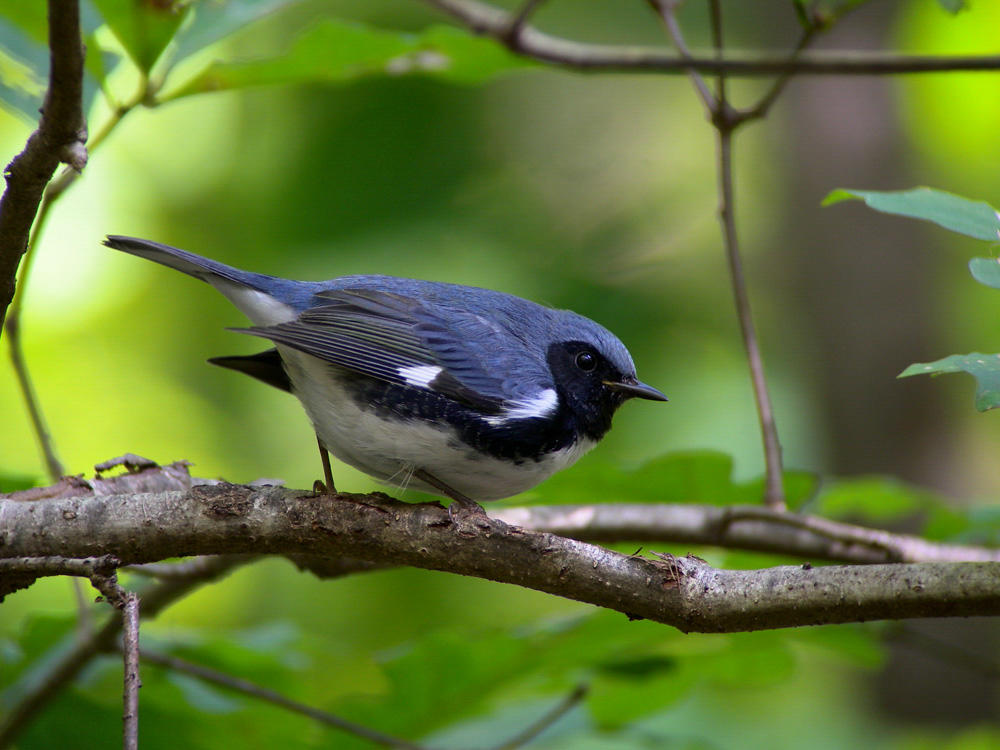Earlier this week, together with others concerned with the protection of our national forests, the National Audubon Society submitted comments in opposition to a proposed United States Forest Service rule that would create significant risks for national forests nationally, and in Vermont. The proposed changes to the agency’s National Environmental Policy Act (NEPA) implementing procedures would gut this important decision-making tool by waiving requirements that the agency disclose environmental harm and involve the public. Under the agency’s proposed rule, the public would lose the right to comment on the vast majority of decisions affecting national forests.
“Audubon and the public depend on NEPA to ensure that decisions affecting birds like marbled murrelets in the Tongass National Forest in Alaska and greater sage-grouse in the Sawtooth National Forest in Idaho are based on sound science and made with public input,” said Nada Culver, Vice President for Public Lands, National Audubon Society. “But the Forest Service is letting all these fundamental concepts fly out the window in order to more hastily approve logging, energy development and road building. The Forest Service should abandon this ill-advised process.”
Audubon was joined in its opposition to this rule by other national, state and local conservation and public interest groups, as well as by prominent scientists, and a group of outdoor-inspired businesses known as the Conservation Alliance. Vermont’s U.S. Senators, Patrick Leahy and Bernie Sanders, both signed a letter from the U.S. Senate opposing the Forest Service’s proposal. Vermont Attorney General T.J. Donovan joined with other states to submit comments detailing the significant deficiencies in the proposed rule.
Vermont’s Green Mountain National Forest would be at risk because of these changes. In fact, a recent decision by the Forest Service forecasts the type of limited public involvement and significant risks to our forest presented by this proposed rule. A recent Forest Service decision authorizes up to 15,000 acres of clear cutting in the Green Mountains, a decision the agency made with only minimal environmental review and limited opportunity for public input. For this reason, Audubon Vermont joined with the Vermont Natural Resources Council in objecting to this decision.
“We support responsible timber harvesting,” said David Mears, Audubon Vermont Executive Director. “Active forest management through cutting trees creates important habitat for birds and other wildlife,” he continued, “and supports our rural economy.” “But,” Mears concluded, “we oppose decisions by the Forest Service to dramatically increase the amount of timber harvested and new forest roads constructed without the appropriate level of environmental review and public input.”
The Green Mountain National Forest is home to many priority birds in Vermont including the Black Throated Blue Warbler, Scarlet Tanager, Canada Warbler and Wood Thrush. These species rely upon healthy forests and the Green Mountain National Forest provides an important refuge for these species in the face of the global climate crisis.









